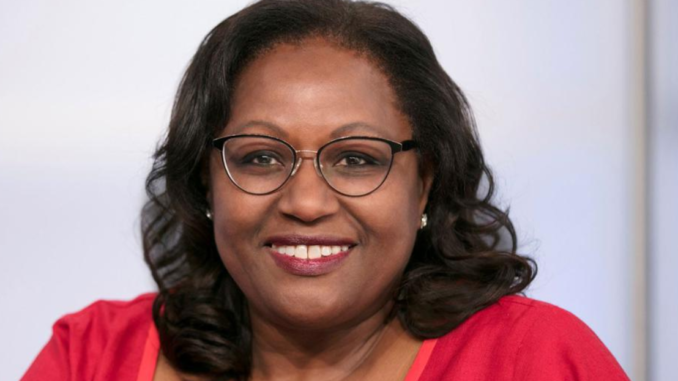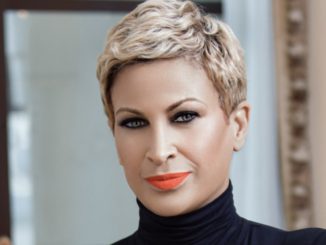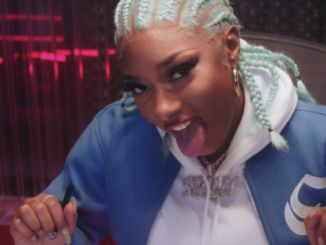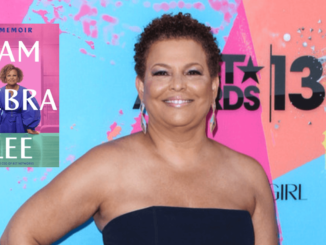
The staple childhood organization, Girl Scouts of the USA, has retained a black CEO for the first time in its nearly century old history. Judith Batty, former executive and General Counsel of ExxonMobil, will be replacing Sylvia Acevedo, who is leaving the organization after four years of service.
Batty has plans to slowly transform the Girl Scouts into a more progressive organization amid the pandemic and racial climate of the U.S.
“While we are proud of our progress, I am committed to engaging the movement in difficult discussions about race in an effort to make the Girl Scouts an actively anti-racist organization,” Batty said in a statement. “In addition, I will work to drive our technology forward so that we can meet our girls where they are and deliver programming directly to them on the platforms they use. And finally, I am committed to ensuring our movement has the resources it needs to overcome disruptions caused by the pandemic.”
Batty, a former girl scout member of the Nassau County Council in New York, has a reputable history in the corporate world. A graduate of the NYU School of Law, she’s worked at the U.S. Department of Justice in the Antitrust Division for four years before serving as General Counsel at ExxonMobil for more than 30 years. Batty also served on the board of directors for the Arena Stage at the Mead Center for American Theater and the Girl Scouts of the USA.
Over the years, the organization has dealt with issues of systemic and institutionalized racism that influenced its overall retention of people of color. Until the dismantling of Jim Crow laws, the Girl Scouts was mainly targeted towards the white community for both leadership and membership. More than 20 years would pass before the organization would recruit its first black national president in Gloria Dean Randle Scott.
Membership retention was a little bit more ambitious than the organization’s efforts to diversify its leadership representation. The first black girl scout was documented to join the organization in 1913 as a part of the third troop formed in the U.S., while the first all-black troop was recognized in 1917.
Today, the disparity of people of color in membership recruitment still shows a wide gap in comparison with white counterparts. With 71 percent of the members being white, only 13.1 percent represent African American, 5.5. percent represent Asian and 17 percent represent Latino or Hispanic, according to a 2017 annual report from the Girl Scouts of the USA.



